Professor John M. Longo – The Art of Investing: Lessons from History’s Greatest Traders
$185.96 $42.00
Product Include:
File size:
Professor John M. Longo – The Art of Investing: Lessons from History’s Greatest Traders
**More information:
Get Professor John M. Longo – The Art of Investing: Lessons from History’s Greatest Traders at Salaedu.com
Description
Stock market experts often provide the same words of wisdom over and over: Invest for the long haul. Diversify your portfolio. You can ‘t beat the market. And while this is great advice for the average investor looking to secure their retirement, these rules aren ‘t as hard and fast as the experts may want you to think. History has shown us there are plenty of individuals who beat the market and beat it consistently. Consider Warren Buffet or James Simons—examples of investors who executed the right combination of steady investment methods and calculated risk over decades to build truly impressive fortunes. They didn’t stumble upon a “unicorn” stock or simply get lucky over and over. They did the research, they did the math, they were smart about the risks, and they didn’t lose their heads in volatile times. What lessons for today ‘s investors can be learned by studying these lions of investing?
In this exciting and informative course, you’ll meet more than 30 remarkable financiers that have had exceptional success following often unorthodox paths, and who took dramatic monetary risks. In 24 half-hour lectures, The Art of Investing: Lessons from History’s Greatest Investors answers the intriguing and universal question of: How did they do it? As you uncover that answer, you ‘ll meet some of the greatest traders who ever lived, discover how they built their wealth, and take away a toolbox of tips, tricks, and lessons from these success stories.
Jesse Livermore: A legendary speculator in the “wild west” era of Wall Street, Livermore shorted the market—bet that stock prices would fall—in advance of the 1907 and 1929 panics, earning a fortune. But he lost big and met a tragic fate when he failed to follow his own rigorous trading rules, which are still influential today.
Warren Buffet: Arguably the world’s most famous investor—also one of the richest—Buffet made billions by seeking out high-quality companies selling at a discount, a strategy known as value investing. Unlike the short-term speculation of Jesse Livermore, Buffet ‘s approach sees stock as ownership of a business over the long haul.
Jack Bogle: Bogle’s brainstorm was index funds—low-fee mutual funds that track different markets without active managing. The idea was considered laughable and even un-American. But his company, the Vanguard Group, revolutionized investing with the ultimate “set it and forget it” financial instruments.
Aside from being fascinating entrepreneurs, these great investors provide a window into the workings of financial markets, which are a key element of global economic growth. And their histories are not just about amassing wealth, since many of them have inspiring personal success stories as well. For example, preeminent trader Linda Bradford Raschke graduated from college in 1980 with a double major in economics and music composition. As a woman trying to enter a male-dominated industry, and a music major to boot, she was turned down by every brokerage firm where she applied. But she persisted and eventually founded a spectacularly successful hedge fund. In an interesting twist, she credits her musical training with nurturing her unusual ability to see patterns in markets.
Your guide through these fascinating stories is award-winning Professor John M. Longo of Rutgers University Business School, ranked by the Wall Street Journal as one of the nation’s top business programs. In addition to his teaching duties, Professor Longo is chief investment officer and portfolio manager for Beacon Trust, with $2.5 billion under management.
Whether you are an armchair investor, a business professional, or someone who enjoys entertaining, eye-opening insights about the mindset of financial giants, you will find the profiles in The Art of Investing enlightening and also thrilling. After all, it’s no accident that Hollywood has hit it big with movies about the financial industry, such as The Big Short and Wall Street. The challenge and intense competition of investing make gripping plots!
Stock trading course: Learn about Stock trading
A stock trader or equity trader or share trader is a person or company involved in trading equity securities.
Stock traders may be an agent, hedger, arbitrageur, speculator, stockbroker.
Such equity trading in large publicly traded companies may be through a stock exchange.
Stock shares in smaller public companies may be bought and sold in over-the-counter (OTC) markets.
Stock traders can trade on their own account, called proprietary trading, or through an agent authorized to buy and sell on the owner’s behalf.
Trading through an agent is usually through a stockbroker. Agents are paid a commission for performing the trade.
Major stock exchanges have market makers who help limit price variation (volatility) by buying and selling a particular company’s shares on their own behalf and also on behalf of other clients.
1 review for Professor John M. Longo – The Art of Investing: Lessons from History’s Greatest Traders
Add a review Cancel reply
Related products
Forex - Trading & Investment
Forex - Trading & Investment
Technical Analysis of Stocks and Commodities 2010-Sept. 2016 [104 Docs (PDF)]
Forex - Trading & Investment
Ed Watanabe – Compound Stock Earnings Advanced Charting (Video 1.19 GB)
Forex - Trading & Investment
Forex - Trading & Investment
Deron Wagner – Sector Trading Strategies. Turning Steady Profits Even In Stubborn Markets
Forex - Trading & Investment
Talmadge Harper – Unleash Stock Trading Genius: Money Machine [3 mp3 1 PDF]
Forex - Trading & Investment
James Bittman – Investing with LEAPS. What You Should Know About Long Term Investing

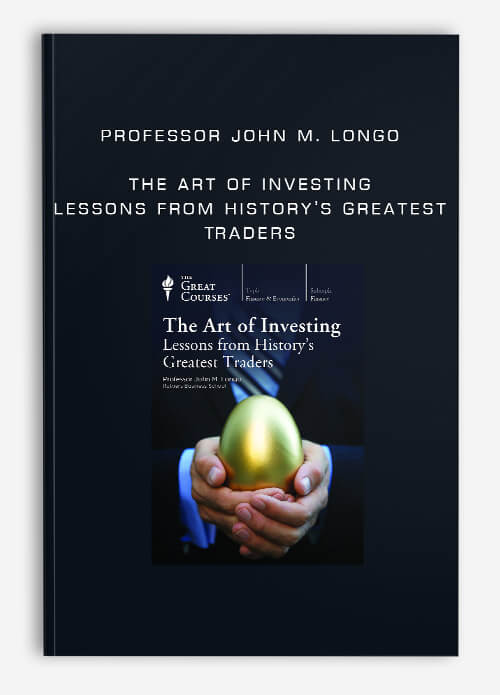
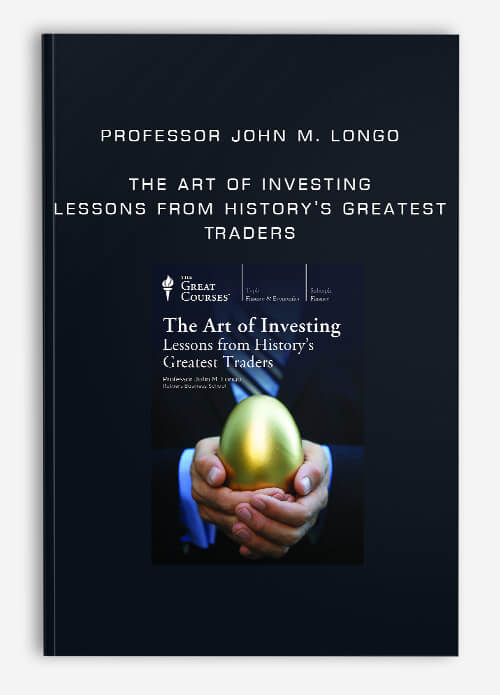
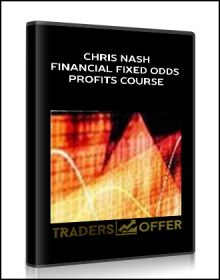
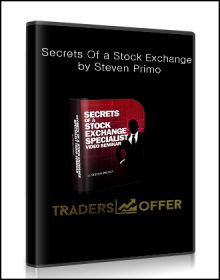
![Technical Analysis of Stocks and Commodities 2010-Sept. 2016 [104 Docs (PDF)]](https://tradersoffer.forex/wp-content/uploads/2016/11/Technical-Analysis-of-Stocks-and-Commodities-2010-Sept-220x280.jpg)
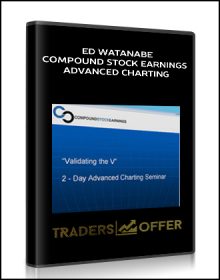
![Stansberry's Investment Advisory March 2016 Newsletter (Stansberry Research) [eBook (PDF)]](https://tradersoffer.forex/wp-content/uploads/2016/12/Stansberrys-Investment-Advisory-March-2016-Newsletter-Stansberry-Research-eBook-PDF-220x280.jpg)
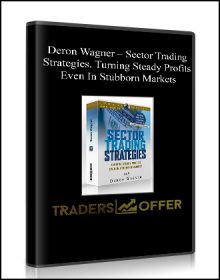
![Talmadge Harper – Unleash Stock Trading Genius: Money Machine [3 mp3 1 PDF]](https://tradersoffer.forex/wp-content/uploads/2016/11/Talmadge-Harper-–-Unleash-Stock-Trading-Genius-Money-Machine-3-mp3-1-PDF-220x306.jpg)
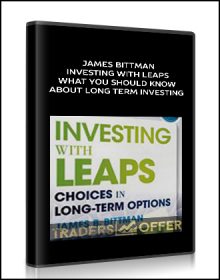
king –
We encourage you to check Content Proof carefully before paying.“Excepted” these contents: “Online coaching, Software, Facebook group, Skype and Email support from Author.”If you have enough money and feel good. We encourage you to buy this product from the original Author to get full other “Excepted” contents from them.Thank you!